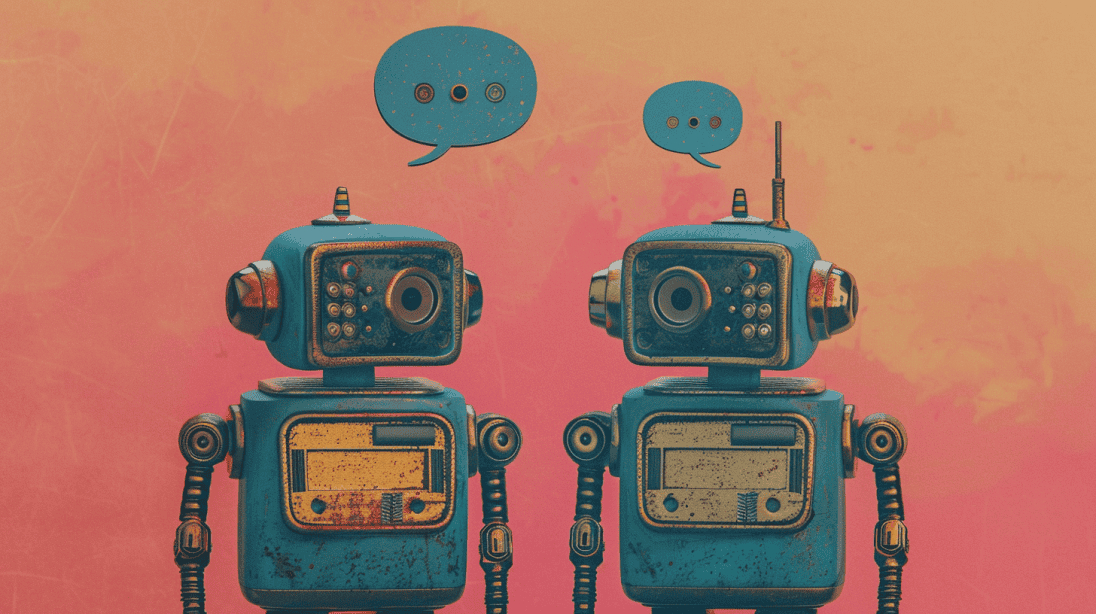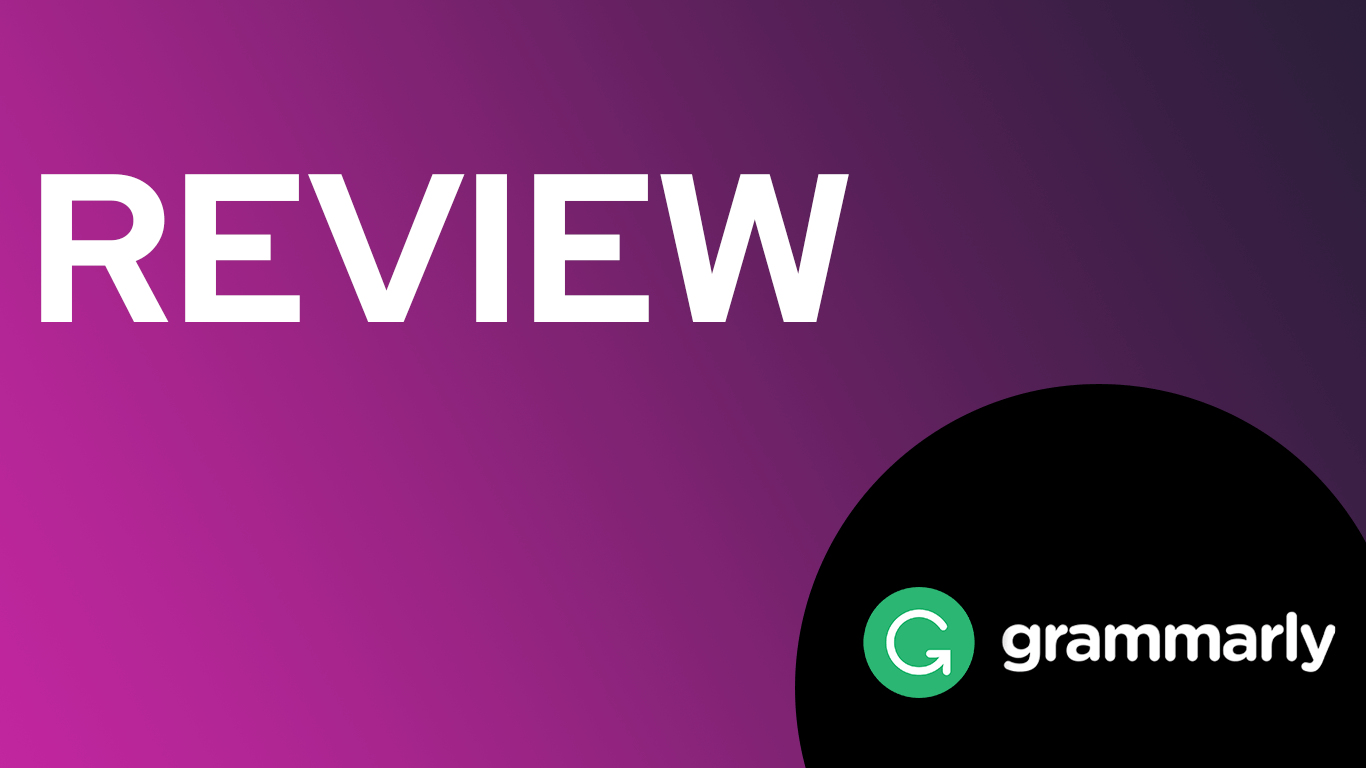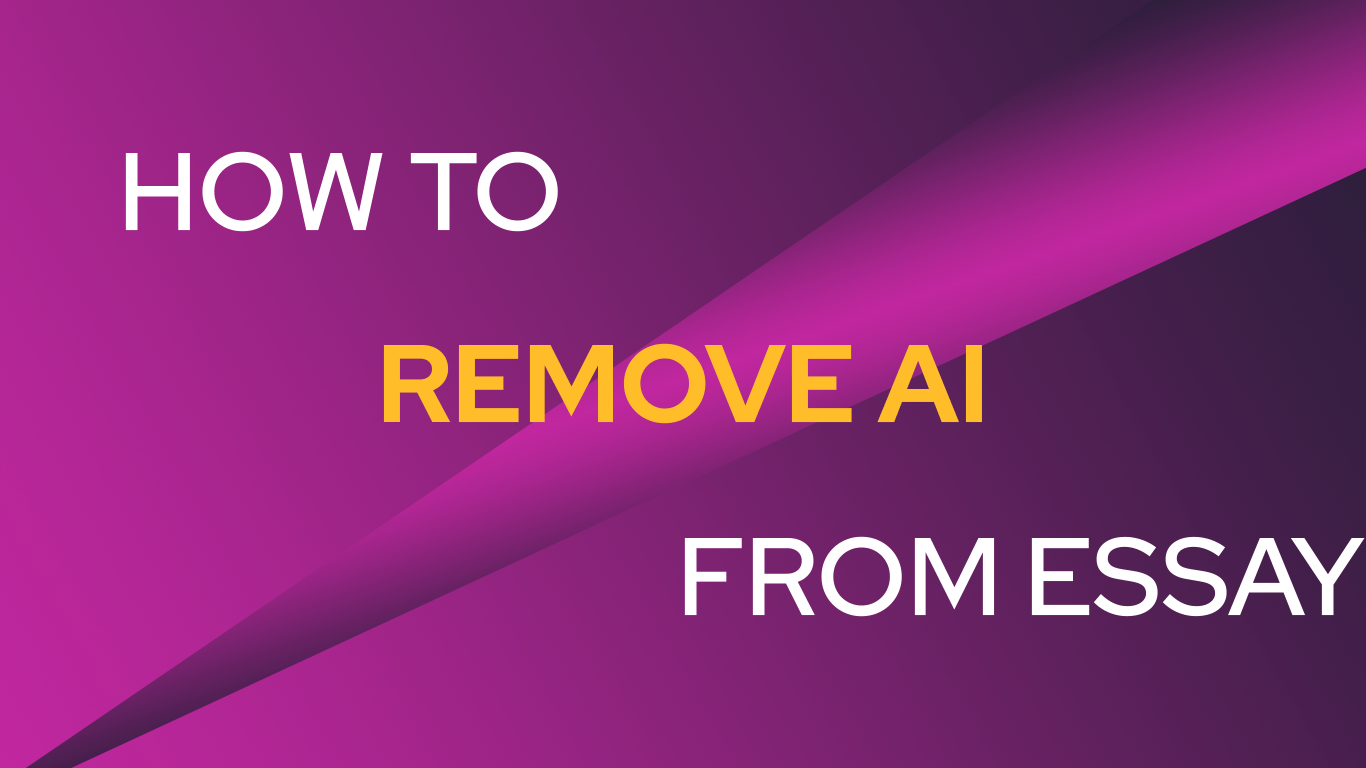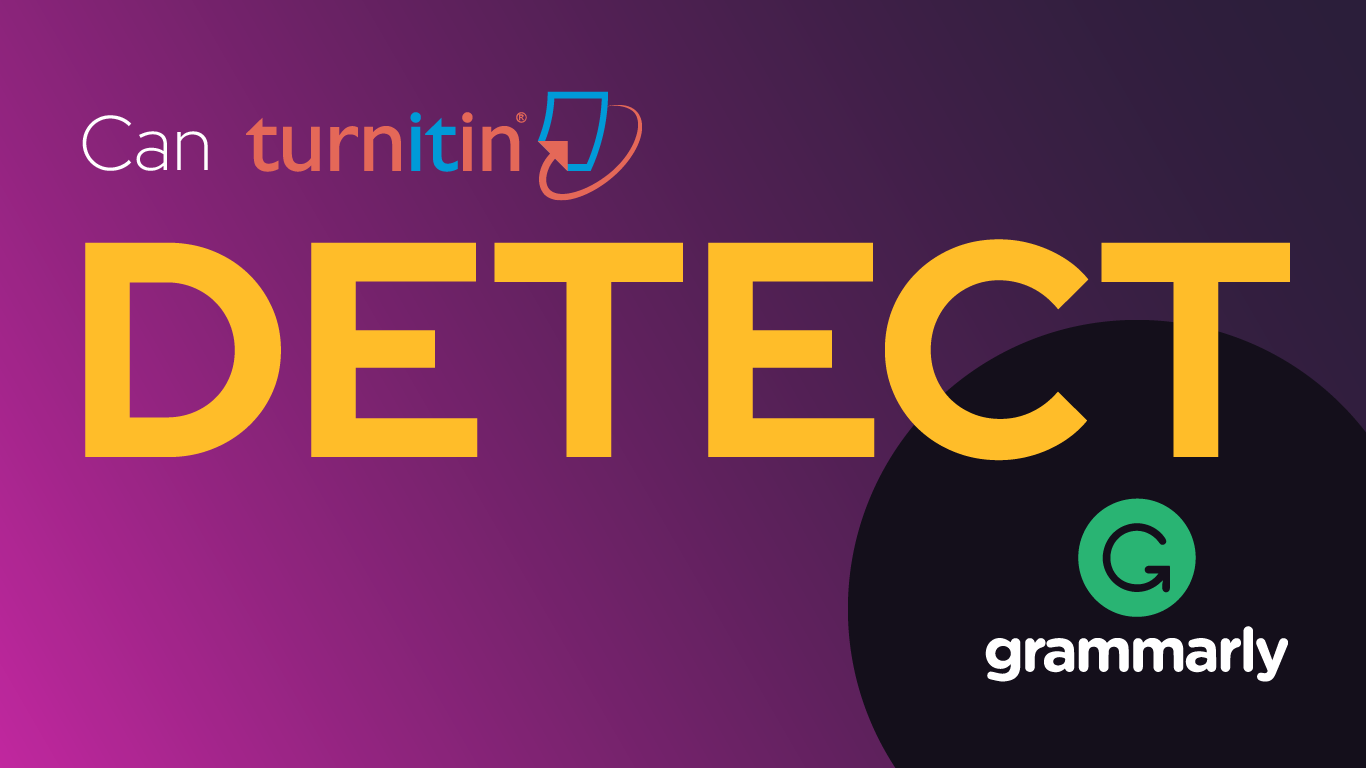As artificial intelligence (AI) becomes more integral to content generation, detecting AI-generated text has gained importance in academic, professional, and personal contexts. In response to this trend, Grammarly—already a leading tool for grammar and style suggestions—has introduced an AI detection feature aimed at identifying AI-generated content. This tool is particularly relevant for those navigating AI concerns in educational and professional spaces, where originality is key. However, the mixed reviews of Grammarly’s AI detector raise questions about its accuracy and reliability. This article provides an in-depth look at Grammarly’s AI detection, assesses its effectiveness, and explores alternatives such as Netus AI, a promising tool that has gained traction among users who need robust detection capabilities.
Grammarly’s AI Content Detection Tool
Grammarly, known for its powerful spelling and grammar checking features, introduced its AI detection tool in August 2024, responding to the growing demand for tools that help users identify AI-generated content. Unlike more traditional plagiarism checkers, this tool aims to detect language patterns, structures, and other characteristics that suggest AI involvement. According to Grammarly, the detector works by scanning each section of a document and providing a percentage score indicating the likelihood that a text segment was AI-generated.
The intention behind Grammarly’s AI detection tool aligns with a rising need to verify content originality across various contexts. For students, researchers, and professionals whose work is evaluated based on authenticity, AI detectors represent a safeguard against accidental AI plagiarism and provide transparency about content creation methods. Despite this promising premise, Grammarly’s tool has faced criticism for inconsistency and inaccuracy, raising questions about its effectiveness in real-world applications.
Grammarly’s AI Detection: Performance and Accuracy
Grammarly’s AI detection tool has shown potential but has also demonstrated considerable limitations, particularly in its reliability. For instance, tests against standardized datasets like RAID, which is designed to assess the robustness of AI detection models, reveal that Grammarly’s AI detector struggles with adversarial techniques and common text modifications that evade AI detection.
Key Performance Indicators and User Feedback
- Low Detection Scores: In standardized testing using the RAID dataset, Grammarly’s AI detector scored an F1 of 0.364 and a recall of 0.222, indicating low accuracy and sensitivity to AI-generated text. These results suggest that Grammarly’s detector misses a significant portion of AI-generated content, reducing its reliability in academic and professional settings. The tool particularly struggles with bypass techniques such as minor text modifications, formatting adjustments, and paraphrasing, which often evade detection.
- Inconsistent Detection Results: A recurring theme among users is the inconsistency of Grammarly’s AI detection scores for identical text. On Reddit and Quora, users have reported varying AI detection results for the same content, sometimes receiving drastically different scores upon rechecking without making any changes. For instance, one user mentioned that their document was flagged at 35% AI-generated on one occasion and at 0% on another, raising concerns about the algorithm’s stability and trustworthiness. These inconsistencies diminish Grammarly’s utility as a dependable tool, especially for high-stakes content.
- False Positives on Human-Written Text: Another concern is Grammarly’s tendency to flag human-written content, especially older documents, as AI-generated. Users have reported instances where historical texts or publications from the 1990s were inaccurately flagged as AI-generated. This tendency points to potential issues in the algorithm’s ability to distinguish certain linguistic patterns or vocabulary as uniquely human or AI-produced, which can lead to inaccuracies in evaluating a document’s originality.
- Limited Transparency and Section-Specific Feedback: While Grammarly’s AI detection tool does attempt to highlight flagged sections, users report that this feature is inconsistent and sometimes unreliable. Minor modifications such as changing a word or adding punctuation marks can result in different sections being flagged, making it difficult to identify and adjust specific parts of a document. This lack of precise section-specific feedback complicates the revision process, frustrating users who rely on clear, actionable insights to revise flagged sections.

The Impact of Grammarly’s AI Detection For Users
The limitations of Grammarly’s AI detection tool have real implications for students, freelancers, professionals, and anyone whose work is evaluated based on originality. The following scenarios highlight how these limitations can impact users in significant ways:
- Challenges for Students: For students, false positives or inaccurate AI detection scores can lead to academic repercussions, such as reduced grades, disciplinary action, and even accusations of academic dishonesty. A student shared an experience where their assignment was flagged at 65% AI-generated, leading to a grade penalty and a meeting with university officials. For students, this type of error could potentially jeopardize their academic standing.
- Dilemmas for Professionals and Freelancers: For professionals and freelancers, particularly those in client-facing roles, inaccurate AI detection can lead to misunderstandings or mistrust with clients and employers. One user recounted an instance where Grammarly flagged a client’s cover letter as AI-generated, which created additional work to ensure the client’s trust. For freelance writers, editors, and consultants, false positives undermine Grammarly’s reliability as a credible detection tool.
These examples illustrate the importance of accuracy and consistency in AI detection tools. For users who depend on these tools to maintain their reputation and adhere to high standards of originality, inconsistencies in AI detection can create substantial obstacles.
Netus AI and Other Alternatives to Grammarly’s AI Detection
Given the limitations of Grammarly’s AI detection, many users have started exploring alternative tools such as Netus AI, Originality.ai, and Rewritify.ai. These tools are increasingly popular among individuals seeking reliable AI detection or those aiming to bypass AI detection flags while maintaining human-like language quality.
- Netus AI: Netus AI has gained recognition for its ability to bypass AI detection without compromising readability or authenticity. It’s particularly favored by professionals who need text that aligns with human-like language quality while avoiding AI flags. Netus AI’s capabilities make it especially valuable for users in fields like education, research, and corporate communications, where AI detection can significantly impact how content is perceived.
- Originality.ai: This tool is widely regarded for its high accuracy and robust performance in AI detection. When evaluated against the RAID dataset, Originality.ai scored an F1 of 0.918 and a recall of 0.848, effectively detecting AI-generated text even in adversarial testing conditions. Originality.ai’s consistent performance across different text manipulation techniques and AI models makes it a more dependable option for users seeking a precise, reliable AI detector.
- Stealthly.ai: Known for its 96% success rate in avoiding detection flags, Stealthly.ai is favored by users who require high accuracy and unlimited free word credits. The tool is economical for students, researchers, and freelancers who frequently produce content for academic or professional purposes, making it a strong alternative for those who require consistent results.
- Rewritify.ai: This tool offers three distinct modes for AI detection avoidance: Fast, Creative, and Enhanced, each designed to suit different levels of content modification and detection difficulty. Rewritify.ai is particularly useful for users who need flexible rewriting options, as it can effectively avoid detection on platforms like Turnitin and GPTZero, making it highly adaptable for varied use cases.
- uPass.ai and Humanizer.org: Both tools offer additional options for bypassing AI detection with minimal impact on content quality. uPass.ai integrates a built-in detector to verify bypassing effectiveness, while Humanizer.org supports over 50 languages, ensuring that content meets human-like standards across diverse linguistic contexts.

The Challenges of AI Detection and Future Directions
AI detection technology is an evolving field, and its current limitations underscore the complexity of reliably distinguishing between AI and human-generated content. Despite advancements, tools like Grammarly’s AI detector struggle with accuracy due to the nuanced differences between AI language patterns and natural human language variability. Critics argue that current AI detectors, including Grammarly’s, often lack the precision needed to deliver reliable results, likening their limitations to “snake oil” due to their potential for false positives.
For Grammarly’s AI detector to meet user expectations and establish itself as a reliable tool, there are several potential improvements it could pursue:
- Enhanced Detection Algorithms: Grammarly could refine its algorithms to better account for linguistic nuances, such as variations in writing style, vocabulary, and sentence structure, which could reduce false positives and improve accuracy.
- Transparency and Detailed Feedback: Providing clearer section-specific feedback would help users pinpoint flagged sections and make targeted adjustments. Implementing a feedback mechanism where users can see explanations for flagged sections would allow for a more transparent revision process, empowering users to make informed editing decisions.
- Testing Against Diverse Datasets: Expanding testing to include varied datasets that reflect a wide range of writing styles and text manipulations could help Grammarly fine-tune its tool and account for diverse content needs. By diversifying its dataset, Grammarly could better adapt its tool to detect subtle linguistic patterns and avoid misidentifying older human-written content as AI-generated.
Is Grammarly’s AI Detection Tool Worth Using?
Grammarly’s AI detection tool represents a well-intentioned attempt to provide users with insights into content originality, yet its limitations suggest it may not be the best option for users who need high levels of accuracy and consistency. For now, Grammarly’s detector falls short of meeting the needs of users in academic and professional contexts, where false positives can have significant consequences. Users seeking more dependable AI detection may find greater reliability in alternatives like Netus AI and Originality.ai, both of which demonstrate superior adaptability and precision in identifying AI-generated content.
As AI-generated content continues to proliferate, reliable detection tools will become increasingly essential. However, the limitations of existing tools like Grammarly, the need for ongoing refinement to provide users with trustworthy and actionable insights. In the meantime, those in need of consistent AI detection or bypass capabilities are encouraged to explore specialized tools that offer greater precision and adaptability.
For students, professionals, and content creators navigating the challenges of AI detection, understanding the current landscape of detection tools and exploring alternatives can help ensure that their work remains effective, compliant, and true to their unique voice.
Related Posts
Through digital leadership we empower people to leverage the opportunities in global economy





